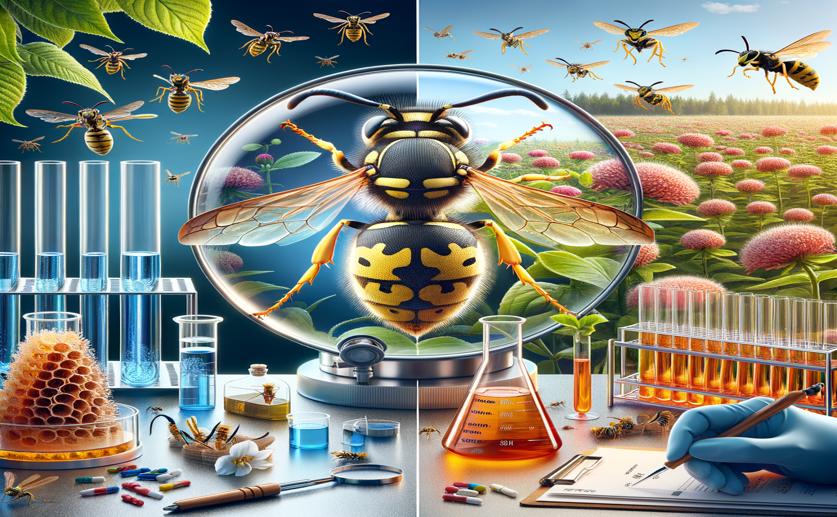
Evaluating the Safety of Insecticides on Beneficial Wasps in Labs and Fields
Greg Howard
13th July, 2024

Image Source: Natural Science News, 2024
Key Findings
- The study from the University of Trento, Italy, evaluated the impact of various insecticides on the parasitoid Ganaspis brasiliensis, a biological control agent for the spotted wing drosophila (SWD)
- Spinosad was found to be highly toxic to G. brasiliensis, causing 92.5% mortality, making it unsuitable for integrated pest management (IPM) programs
- Cyantraniliprole was the least toxic insecticide tested, showing potential as a selective pesticide compatible with IPM strategies for SWD
AgricultureEnvironmentAnimal Science
References
Main Study
1) Assessment of non-target toxicity of insecticides on Ganaspis brasiliensis (Ihering) in laboratory and field conditions.
Published 12th July, 2024
https://doi.org/10.1002/ps.8271
Related Studies
2) Drosophila suzukii (Diptera: Drosophilidae): A Decade of Research Towards a Sustainable Integrated Pest Management Program.
3) Sublethal effects of pyrethroid and neonicotinoid insecticides on Iphiseiodes zuluagai Denmark and Muma (Mesostigmata: Phytoseiidae).
4) The parasitoid complex of D. suzukii and other fruit feeding Drosophila species in Asia.
5) Functional Responses of Three Candidate Asian Larval Parasitoids Evaluated for Classical Biological Control of Drosophila suzukii (Diptera: Drosophilidae).



 29th June, 2024 | Jim Crocker
29th June, 2024 | Jim Crocker